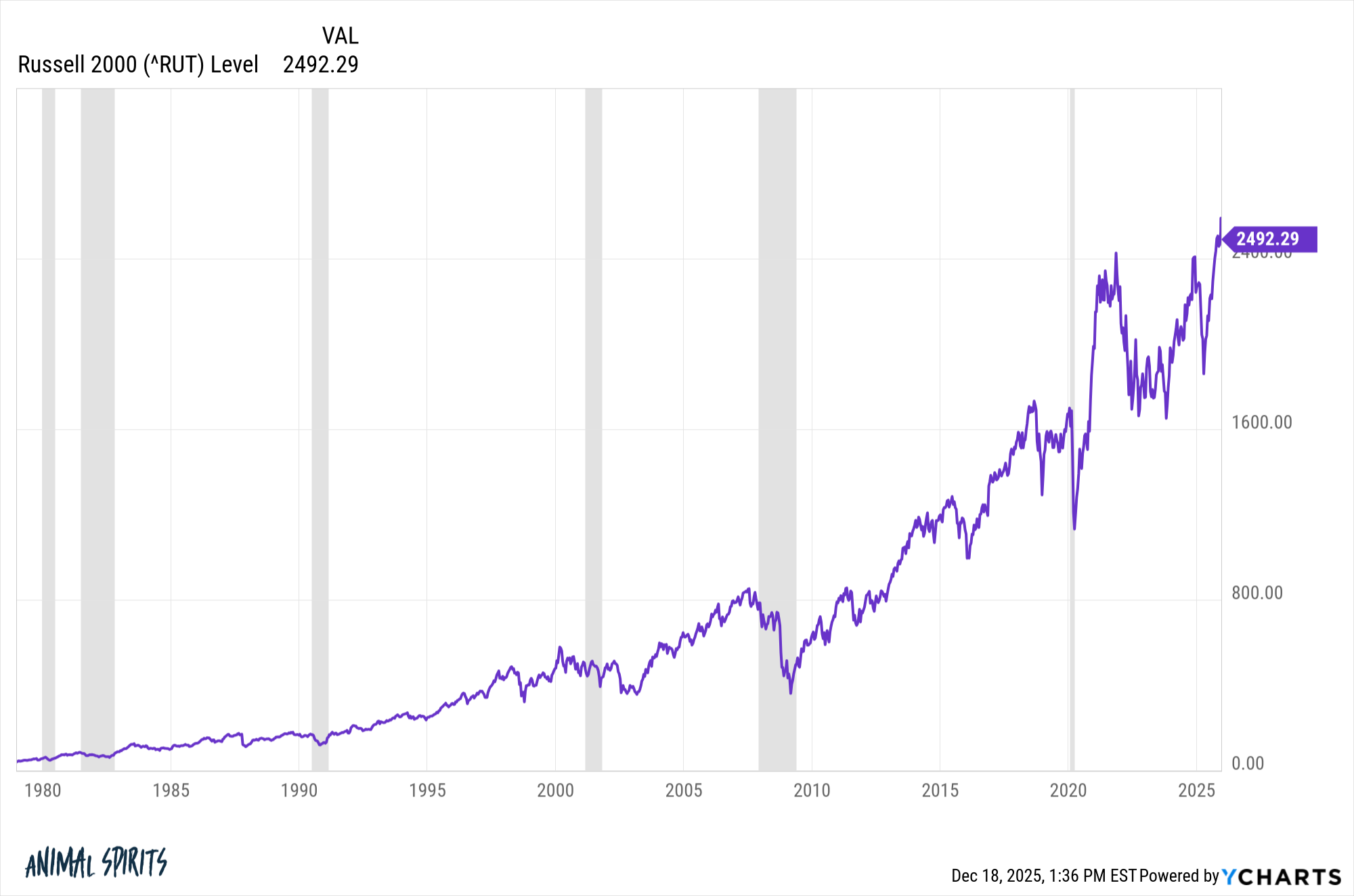For many people, entrepreneurship is appealing for many reasons like the flexibility and freedom it can provide. A new Personal Capital survey revealed that a majority of Americans (66%) are interested in calling it quits in the pandemic-era phenomenon known as the “YOLO economy” and “great resignation”. This is particularly true among younger generations (91% of Gen Zers and 78% of Millennials).
Starting your own venture can be exciting. However, entrepreneurship can also be overwhelming.
A couple of years ago, when I took the leap of faith towards full-time entrepreneurship, one of my concerns was how it would impact my retirement planning.
After doing some research, I was relieved to discover the many options available to the self-employed regarding retirement planning.
Following are retirement planning considerations for self-employed individuals.
Read More: Retirement Savings Calculator: Are You Saving Enough to Retire Comfortably?
Know Your Account Options
One of the biggest perks of traditional retirement plans is the tax-deferred account option.
Luckily, the self-employed have their account alternatives with similar benefits — the Individual 401k, the SEP-IRA, and the SIMPLE IRA, in addition to being able to take advantage of traditional and Roth IRAs.
Solo 401k
A solo 401k is similar to a traditional 401k plan. However, the solo 401k plan is only available to business owners with a spouse and single business owners with no employees. As of 2021, the contribution limit for a solo 401k is up to $58,000 a year. There’s an additional $6,500 catch-up contribution if you are 50 or older.
Also, if your spouse earns income from your business, they can contribute the same amount towards a solo 401k.
You can contribute to a solo 401k in pre-tax dollars, which will lower your taxable income, but you will be taxed on contributions and earnings at retirement.
You can also choose a Roth 401k, which means your contributions will be in after-tax dollars. In this instance, the tax benefits will be at retirement when you withdraw contributions and earnings tax-free.
SEP IRA
A Simplified Employee Pension, commonly known as “SEP” IRA, is a retirement option plan for self-employed individuals. With SEP IRAs, the annual contribution limit is $58,000 in 2021. A SEP IRA is an option to consider for business owners without employees or with few employees.
However, only employers can contribute to a SEP-IRA for their employees.
There are no required minimum contributions. Individuals can wait until their business’ tax filing deadline to pay into the account, allowing for strategic last-minute increased (or decreased) contributions based on annual earnings and tax liability. SEP IRA contributions are fully deductible expenses for business owners, and they do not have to count in employees’ gross income. But, contributions and earnings will be taxed when the money is withdrawn at retirement.
Simple IRA
A SIMPLE IRA, or Savings Incentive Match Plan for Employees, is a traditional IRA for small business owners with 100 or fewer employees.
This account option is best if you have a few employees, plan to expand your solo business, and offer prospective workers an added perk.
In 2021, contribution limits max out at $13,500, plus an additional $3,000 catch-up contribution for those over 50.
The SIMPLE IRA requires you to contribute on your employees’ behalf regardless of whether or not the employee contributes to the account – either a dollar-for-dollar match, up to 3 percent of salary, or a flat 2 percent of pay. However, employees can also contribute through salary deferral. While this account is cheaper to set up and run than a traditional workplace retirement plan, it can come with hefty annual fees and IRS penalties if employers don’t keep up with contributions.
Contributions to a Simple IRA plan are tax-deductible, but distributions are taxable in retirement.
Traditional and Roth IRAs
IRAs are one of the most common retirement accounts available for both employees and self-employed individuals. Contribution limits for both accounts are $6,000 a year, or $7,000 if 50 or older.
While there’s no income limit for a traditional IRA; there’s an income limit to contribute to a Roth IRA.
The main difference between a traditional IRA and a ROTH IRA is the tax treatment. In a traditional IRA, you contribute pre-tax dollars, which then defers your tax liability until you withdraw the funds at retirement. With a Roth IRA, you contribute after-tax dollars, and the contributions and earnings will grow tax-free until retirement.
Weigh Present vs. Future Tax Benefits
Apart from the Roth Solo 401k and the Roth (IRA), all these retirement accounts are pre-tax plans, meaning every penny saved for retirement is deducted from taxable income.
According to TurboTax, retirement contributions are the number one tax deduction for self-employed business owners.
In other words, opting for tax-deferred retirement accounts not only aids the self-employed in their financial futures, it keeps more money in your pocket today.
However, Roth retirement accounts are definitely an option to consider, especially if you anticipate that your income tax bracket will increase over time.
Bottom Line
When you’re self-employed, there’s no employer incentives like a 401k contribution match to encourage you to invest in your retirement. It’s up to you. As a result, you must be more intentional about saving and investing for your retirement.
Being a business owner is time-consuming, and it’s easy to put retirement planning on the back burner. But every year that you delay retirement planning, you miss out on the magic of compound interest.
Once you know the retirement account options available to you as a business owner, the most crucial step is to prioritize investing for your retirement, no matter which account you choose.
In addition to investing for retirement, here are a few next steps you can take:
- Sign up for Personal Capital’s free financial tools, where you can access Retirement Planner, an interactive calculator that will help you plan for different retirement scenarios.
You can also use tools like the Fee Analyzer to see if you are losing money by paying excess investment fees.
- Review your retirement plan at least annually so you can make course corrections if needed.
- Consult with a fiduciary financial advisor who can help you analyze your retirement readiness, identify areas for improvement, and help you plan for a comfortable retirement.
Personal Capital compensates Anne-Lyse Wealth (“Author”) for providing the content contained in this blog post. Compensation not to exceed $500. Author is not a client of Personal Capital Advisors Corporation. The content contained in this blog post is intended for general informational purposes only and is not meant to constitute legal, tax, accounting or investment advice.
You should consult a qualified legal or tax professional regarding your specific situation. Keep in mind that investing involves risk. The value of your investment will fluctuate over time and you may gain or lose money.
Original Article






